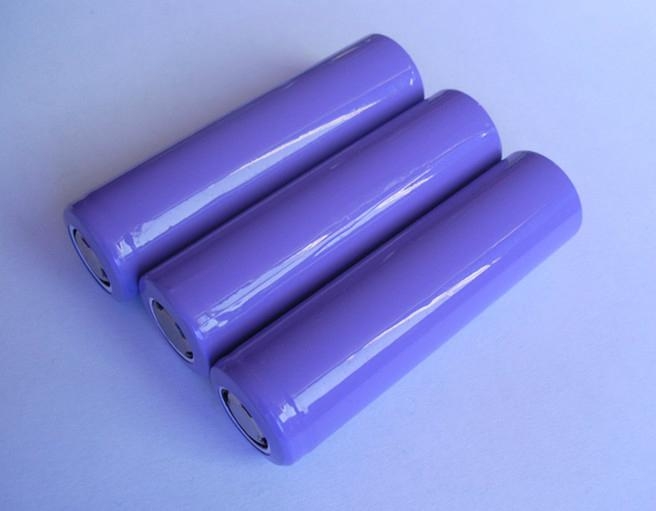Lithium-Ion batteries have become the new standard for portable consumer electronics. Lithium-Ion batteries, or Li-Ion as they are frequently referred to, represent a significant improvement over their predecessors like the Nickel Cadmium batteries.
Lithium-Ion batteries offer twice the energy density of a standard Nickel Cadmium battery. This means that Lithium-Ion batteries allow your electronic gadgets to run much longer on a single charge. Lithium-Ion batteries also self-discharge at approximately one-half the rate of a Nickel Cadmium battery.
Lithium-Ion cells are somewhat fragile, however. A special protection circuit is required to safely operate the batteries. This protection circuit is built into each Lithium-Ion batter pack. The protection circuit limits the peak voltage of each cell while charging as well as limiting the voltage drain when discharging. The protection circuit also monitors the cell temperature to avoid temerature extremes during charging or usage.
Lithium-Ion batteries are also low-maintenance batteries. One of the advantages of Lithium-Ion batteries is that the batteries have no "memory effect." The batteries do not require scheduled cycling to maintain them. Despite the fact that Lithium-Ion batteries are low-maintenance, there are some steps you can take to extend the life of your Lithium-Ion battery.
Charge Lithium-Ion batteries fully (preferable overnight) before beginning to use the battery
Fully charge and discharge Lithium-Ion batteries 3-4 times to allow the battery to reach its maximum rated capacity
Clean the battery contacts on the Lithium-Ion battery and the device with alcohol and a cotton swab if the contacts become dirty
Use the Lithium-Ion battery at least every 2-3 weeks
Keep Lithium-Ion batteries fully charged when not in use
Charge Lithium-Ion batteries regularly
Avoid regularly running Lithium-Ion batteries too low
Never leave Lithium-Ion batteries discharged for long - the batteries do self-discharge and the charge could drop low enough to damage the battery
Keep Lithium-Ion batteries out of high heat -high temperatures may cause premature battery failure
Store Lithium-Ion batteries partially-discharged in a cool, dry place if you will not be using the battery for several weeks
Unfortunately, Lithium-Ion batteries are prone to aging somewhat rapidly. The useful capacity of a Lithium-Ion battery decrease by around 10% each year. Lithium-Ion batteries also only have a useful service life of 2-3 years. These batteries begin aging when they are manufactured - not when you begin using the battery. Manufacturers usually anticipate a life expectancy of 300-500 discharge cycles.
Nickel Cadmium batteries were the only viable option to power portable electronics for many years. The first non-rechargeable Lithium batteries were developed in the 1970s. However, early Lithium batteries were not able to be recharged due to the instability of the Lithium - particularly during charging.
Lithium is ideal for batteries in many ways.
Lithium is the lightest metal
Lithium has the highest electrochemical potential
Lithium offers the highest engery density for its weight
Lithium-Ion batteries are more environmentally friendly when disposed of than other battery types
Researchers subsequently turned their attention to the development of a much-safer, Lithium-Ion battery. Non-metallic, Lithium-Ion batteries have a somewhat lower energy density than Lithium Metal batteries but are much safer to recharge. Sony released the first commercially-available, rechargeable Lithium-Ion battery in 1991. Other companies soon followed and the Lithium-Ion battery has quickly become the standard battery for portable consumer electronics.

